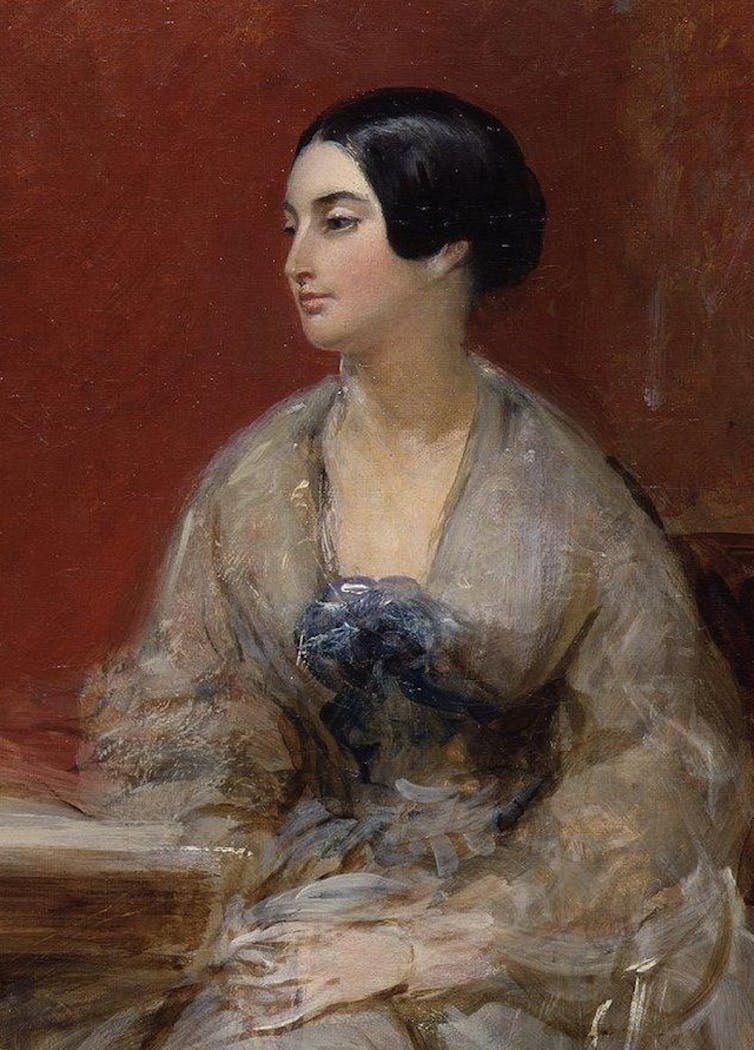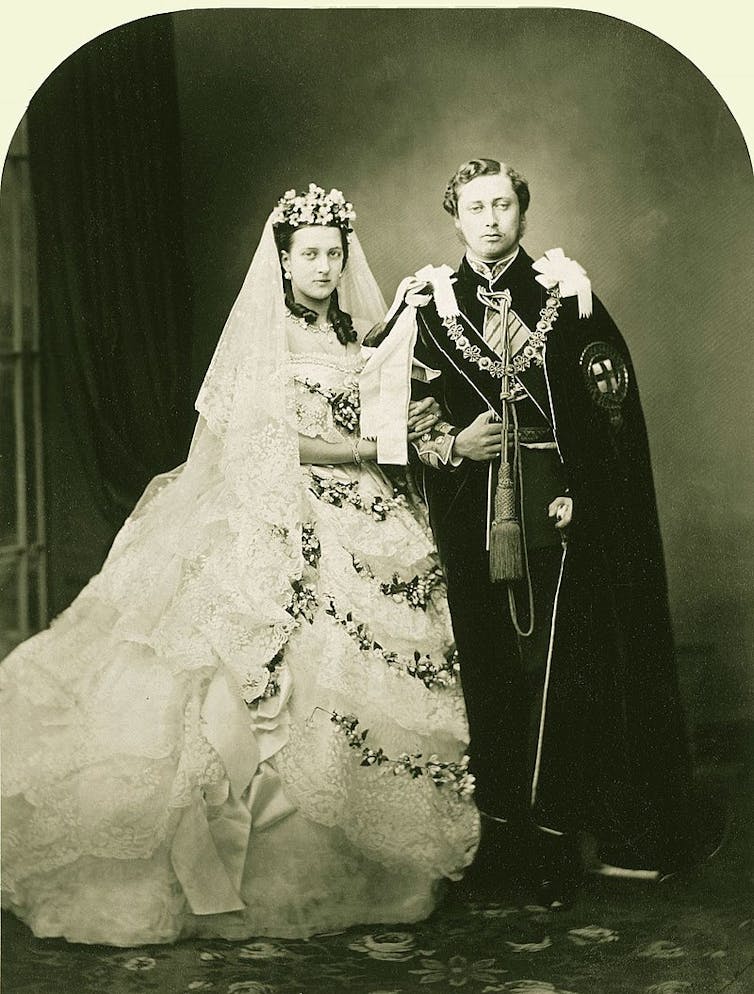The BBC drama A Very British Scandal introduced a new generation to the scandalous Argyll v Argyll divorce. The case saw Ian Campbell, the 11th Duke of Argyll petition to divorce his wife Margaret, Duchess of Argyll, on the grounds of her alleged adultery with 88 men. More shocking still, the Duke claimed to have photographic evidence of his wife engaged in adultery with at least one of the men.
The final episode of the drama closes with the line: “It was the first time a woman was publicly shamed by the UK mass media.” Granted, it was extremely rare for photographs of someone engaged in a sex act to be used as legal evidence, but the idea that Margaret Campbell was the first woman to be “publicly slut-shamed” is far from accurate.
The voracious public interest in high-profile women contravening patriarchal social norms pre-dates Argyll v Argyll by centuries. Women have long been judged by different standards to men, and nowhere was this clearer than in the divorce courts. Historically, divorce was extremely complicated and expensive, requiring petitions to several courts and a Private Act of Parliament. Prior to 1858, there were fewer than 320 divorces in England and Wales.
One of the loudest voices for reform was that of writer and playwright Lady Caroline Norton. In 1836, her husband George Norton MP sued the then prime minister, Lord Melbourne, for “criminal conversation”, (committing adultery) with his wife, Lady Norton. As a married woman living prior to the Married Women’s Property Act 1882, Lady Norton had no separate legal identity and, consequently, no right to defend herself in court.

Newspaper coverage of the trial was extensive and included widespread speculation about the paternity of her youngest son. Former servants were bribed to testify that they’d seen Lady Norton and Melbourne in a state of undress. After a nine-day trial, the court ruled that they had not committed adultery. Despite this, Lady Norton’s reputation was in tatters and she was forced to remain married.
Undeterred, Lady Norton began to campaign for the reform of laws relating to child custody and the rights of married women. With the help of a sympathetic MP, Sir Thomas Talfourd, the Infant Custody Act 1839 was passed, giving mothers legal rights to their children for the first time.
In 1855 Lady Norton wrote an open letter to Queen Victoria, in which she pointed out the “grotesque anomaly which ordains that married women shall be ‘non-existent’ in a country governed by a female Sovereign”. Lady Norton’s high-profile legal case and her subsequent campaigning generated significant pressure for reform from the public.
The Divorce and Matrimonial Causes Act was passed in 1857. However, gender inequality was enshrined in the new law. A husband only had to prove that his wife had committed adultery, whereas a wife had to prove adultery plus a further aggravating offence – namely cruelty, bigamy, desertion, sodomy or incest.
Parties were either “petitioners” (those demanding a divorce) or “respondents” (those defending themselves against accusations), and proving the respondent’s guilt was essential to securing a divorce. The divorce court was established as a gladiatorial arena, where couples were forced to air their accusations and counter-accusations in public.
Women continued to exist at the mercy of men. In 1869, Sir Charles Mordaunt petitioned for divorce from his wife Lady Harriet Mordaunt on the grounds of her adultery. Lady Mordaunt’s infidelities were discovered after she gave birth to a daughter, seemingly conceived while her husband was abroad.
The baby was born with an eye infection and Lady Mordaunt, fearing it was syphilis, confessed to committing adultery with Viscount Lowry Egerton Cole, Sir Frederick Johnston and (most scandalously of all) Bertie, Prince of Wales. Charles Mordaunt discovered a cache of letters written by the prince to his wife (which he later published) and he initially named the prince as a co-respondent in his divorce action.

Following pressure from Buckingham Palace, the prince instead appeared as a witness. He testified that Lady Mordaunt must be mentally ill to make such a false confession. Her father, fearing even more scandal, had his daughter declared insane by the King’s own doctor, Sir William Gull, and she was committed to an asylum. This prevented Sir Charles and Lady Mordaunt from divorcing because her confession was worthless if she was mentally unwell.
In 1875, Sir Charles petitioned for divorce again, citing only Viscount Cole as a co-respondent. This petition was granted after Cole, under more pressure from Buckingham Palace, agreed not to defend the suit. Sir Charles remarried in 1878. Lady Mordaunt remained confined to various institutions for the rest of her life.
Margaret Campbell, Lady Caroline Norton and Lady Harriet Mordaunt were not unique: there were thousands of women like them who were judged by a sexist legal system and shamed by a misogynistic society. The politicians, judges, barristers, solicitors and reporters who created and maintained societal norms were (and remain) predominantly male, and they didn’t hesitate to publicly shame and punish women who did not conform.
Journalists would pack the courtrooms of divorce proceedings, with stories circulated widely in national and international newspapers. Following the Judicial Proceedings (Regulation of Reports) Act 1926, journalists could only report case judgments, but in Argyll v Argyll, this was damning enough. The judgment took over three hours to read and it eviscerated Margaret Campbell’s character. Branded the “Dirty Duchess” by the press, this misogynistic moniker continues to be used nearly 60 years later.
Slut shaming may not have been called that in the 1880s, or even the 1960s, but its existence cannot be refuted. The delayed Divorce, Dissolution and Separation Act 2020 will become law later this year, finally removing the assumption that there must be a “guilty” party in divorce suits. Perhaps then society will move away from confrontational legal proceedings that demand blame and shame, and instead allow two imperfect parties to sever legal ties with minimal animosity.
Jennifer Aston does not work for, consult, own shares in or receive funding from any company or organization that would benefit from this article, and has disclosed no relevant affiliations beyond their academic appointment.
This article was originally published on The Conversation. Read the original article.







